Things to remember
1) It’s advisable to agree that an Ace lead ask for Attitude (using standard carding, a HIGH card shown you want that suit, a LOW one means you don’t want it) and a King lead asks for count (using standard carding, when you play a high card, followed by a low one, you are showing an EVEN number of cards in that suit, while low – high shows an ODD number of cards)
2) Loser on loser play is used on many occasions: To keep long trumps and avoid getting shortened in trumps, to cut communication between defenders, to throw in the opponents and endplay them, when using a ruffing finesse, and, like in the hand above, also when you want to develop side tricks and avoid losing the lead to a certain opponent.
3) Counting and placing high cards can be done on almost every bidding sequence, whenever your opponents have bid something. With their bidding they reveal length, strength and can even give information on suits they didn’t bid. Also the cards they play can help you place the missing cards. Like here, it was easy to place the ♣K with East and all the rest of the top cards with West.
4) Entries are very important in Bridge. Sometimes you need to use the low cards as entries, like you did here with the ♥3 to the ♥4.
5) The balancing seat has other rules than the usual bidding. Bidding in balancing seat can be lighter in order to protect partner, who is marked with values in his hand (As we know that responder has 0-5 points for his pass):
a. Bidding a new suit can be done with a light hand and suit. It could be a bad 5 cards suit (unlike a 2nd seat overcall) or even with a 4 card suit.
b. 1NT is 11-14 (unlike the usual 15-18 1NT overcall in 2nd seat)
c. Double shows (8)9+ points (unlike a 2nd seat takeout double, which needs 12+ points)
d. Jump in a new suit is showing a good 6-7 suiter with 12-15 points (unlike the weak 2 or preemptive bid in 2nd seat)
